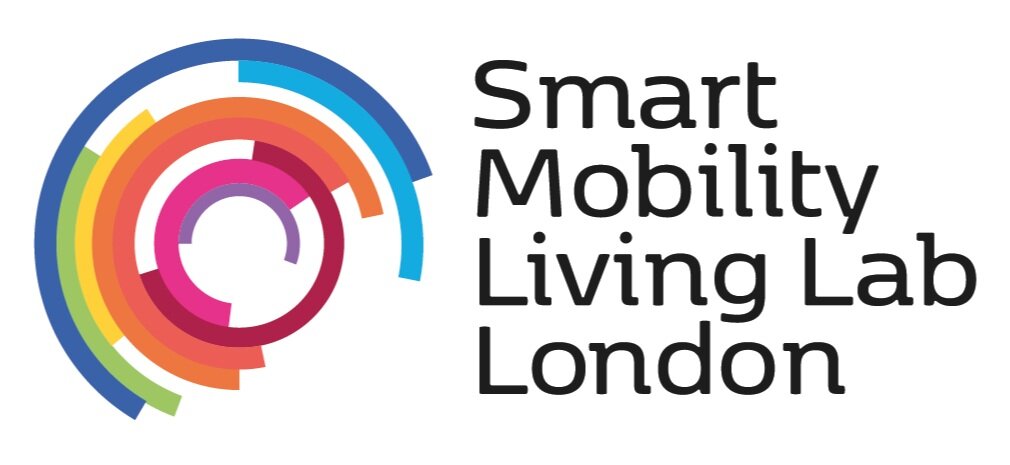How SMLL uses iROADS™ to help self-driving vehicles ‘see round corners’
SMLL has been using TRL Software’s iROADS™ Digital Road Asset Management software suite to develop technology that can give connected and autonomous vehicles (CAV) early warnings about upcoming obstacles on our testbed.
Researchers at SMLL have used iROADS™ to handle the real-time data needed for ‘real world’ trials of the technology as part of the ground-breaking ServCity CAV research project, which has been examining ways to accelerate the deployment of self-driving vehicles in UK cities.
‘We like to describe it as a feature that can help vehicles see round corners,’ says Senior Technical Consultant Jonathan Clark. ‘Within this particular trial, we’ve been using cameras to detect when lanes are blocked – for example, by broken down cars or buses stopping at bus stops. The autonomous vehicle then selects the data it needs, and then the Roadside Operational Technology capability in iROADS feeds it through, acting as an intermediary between infrastructure and the vehicle (in effect, a data exchange of real-time information), so that they can get ready to change lanes, sometimes long before their own cameras would have relayed the information.
The SMLL – whose testbed includes 24km of highly instrumented urban roads in and around the borough of Greenwich – is fully owned and operated by TRL but was under no obligation to use iROADS™ as the software solution for ServCity.
‘Traditionally, iROADS™ has been used as a digital road asset management toolkit that allows customers, such as local authorities and highway operators, to monitor and maintain their infrastructure,’ Jonathan explains. ‘But when we started to look at what was needed for the ServCity project, we realised that it was all there in iROADS™.
‘It had everything we needed in terms of mapping capabilities, GIS, and the ability to harvest data from a vast array of roadside operational technologies including AI cameras and sensors. It also has integrated real-time, data analytics capabilities that allows authorised users to modify parameters and understand different scenarios according to their project needs.
‘So although iROADS™ has not normally been used for live data processing, it does the job brilliantly. We’ve had the software running with 36 AI cameras in a fully open public environment and it’s been able to provide the trial vehicles with all the information they need – as much as 700 metres away from the incident in question, although an additional benefit to using iROADS to provide the data to the vehicle, is that there no limit to where the data can received – and then use that information to make safe and timely lane changes.’
The new feature has been showcased during February to Government Minsters, industry leaders and media representatives as part of a series of demonstrations being staged by the ServCity project partners.
‘It’s definitely cutting edge and I don’t think there have been any trials so far that have been carried out on this scale within a public environment. People always want to know when we’ll see fully autonomous vehicles operating freely on UK roads and, while it’s impossible to put a precise date on that, I do think projects like these are bringing us ever closer to that becoming a reality.’
If you have questions about a particular feature or iROADS™ in general, please do get in touch via Hellosoftware@trl.co.uk for more information or to arrange a demonstration.
To read how the groundbreaking ServCity connected and autonomous vehicle project finished with the demonstration of an electric Robotaxi service in London read more here.
